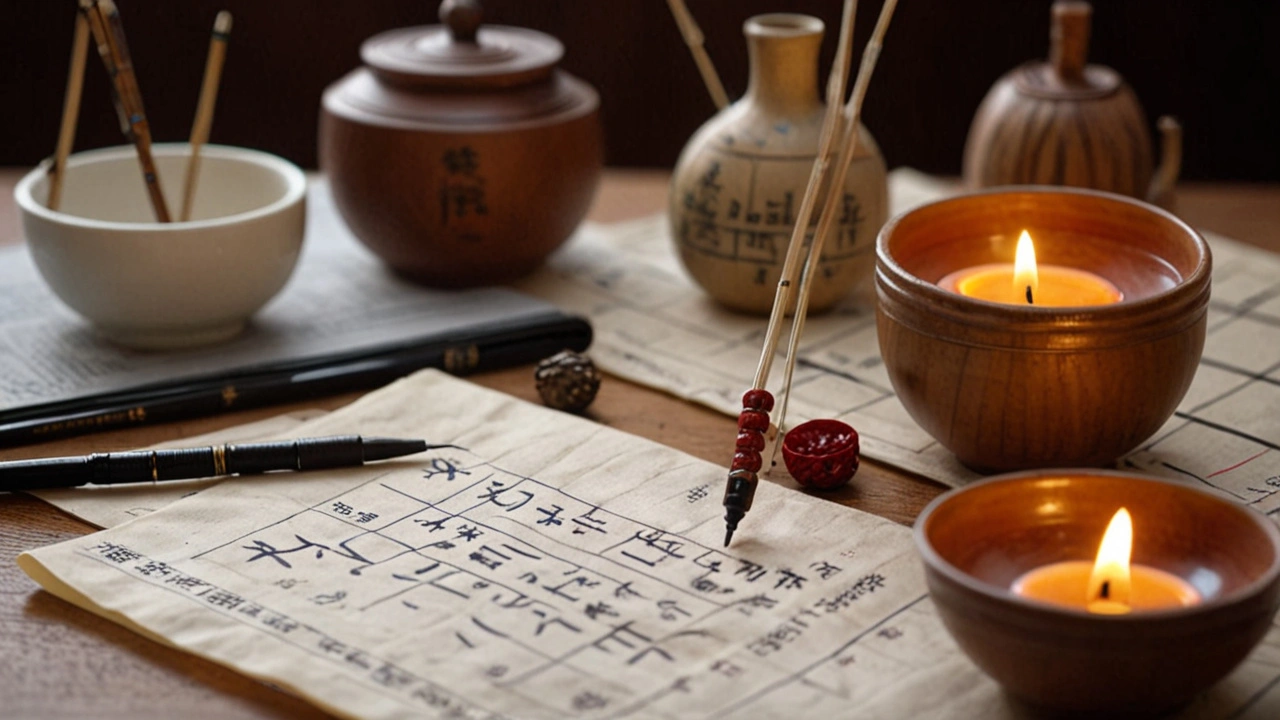
The Healing Power of Acupuncture: An Ancient Therapy Gaining Modern Recognition
Acupuncture, a key component of traditional Chinese medicine (TCM), has a storied history dating back over 2,500 years. This ancient practice involves the strategic insertion of fine, sterile needles into specific points on the body, known as acupoints, to promote healing and maintain balance within the body's systems. As the modern world grapples with a host of health issues ranging from chronic pain to stress and anxiety, acupuncture is receiving renewed attention and respect as a legitimate treatment option within the realm of integrative medicine.
The practice of acupuncture is based on the theory of qi (pronounced "chee"), the vital energy that flows through pathways called meridians. According to TCM, when the flow of qi is disrupted or blocked, it can result in pain, illness, or dysfunction. By stimulating these acupoints, acupuncture aims to restore the proper flow of qi, thereby alleviating symptoms and promoting the body's natural healing processes.
History and Origins
The origins of acupuncture can be traced to ancient China, where it was mentioned in early texts like the Huangdi Neijing (The Yellow Emperor's Inner Classic). This seminal work, dating back to around 100 BCE, laid the foundation for TCM practices and provided detailed descriptions of meridians and acupoints. Over the centuries, acupuncture evolved through empirical observations and refinements, becoming an integral part of Chinese medical practice.
In ancient times, acupuncturists used a variety of tools, including stone needles, to perform treatments. As metallurgy advanced, metal needles became the standard, offering greater precision and efficacy. Today, modern acupuncture employs ultra-thin, sterile, stainless steel needles that cause minimal discomfort to the patient.
Effectiveness and Applications
Acupuncture has stood the test of time, and its effectiveness is supported by a growing body of scientific research. Studies have shown that acupuncture can be beneficial for a wide range of conditions, including chronic pain, migraines, osteoarthritis, anxiety, depression, insomnia, and digestive disorders, among others. It is also used to address symptoms related to chemotherapy and to support fertility treatments.
One of the key reasons for acupuncture's success is its holistic approach, which considers the patient as a whole rather than focusing solely on symptoms. This comprehensive perspective allows practitioners to tailor treatments to the individual's unique needs, addressing both physical and emotional aspects of health.
In modern integrative medicine, acupuncture is often used alongside conventional medical treatments to enhance their efficacy and reduce side effects. For example, many cancer treatment centers offer acupuncture to help manage pain, nausea, and fatigue associated with chemotherapy. Similarly, patients with chronic pain conditions may find relief when acupuncture is combined with physical therapy and medication.
Integration with Modern Medicine
The acceptance of acupuncture within the framework of modern medicine marks a significant shift in how healthcare providers view and utilize traditional therapies. As more clinical studies validate the benefits of acupuncture, its integration into mainstream healthcare continues to grow. Medical institutions around the world are incorporating acupuncture into their treatment protocols, recognizing its potential to complement and enhance conventional medical care.
One of the most compelling aspects of acupuncture is its safety profile. When performed by a trained and licensed practitioner, acupuncture is considered safe with few side effects. This makes it an attractive option for patients seeking non-pharmaceutical approaches to managing their health.
The World Health Organization (WHO) has recognized acupuncture as an effective treatment for a variety of conditions and has endorsed its use as part of primary healthcare. Additionally, national health agencies in several countries, including the United States, have issued guidelines supporting the use of acupuncture for specific health issues, further solidifying its status within the medical community.
Celebrating Tradition and Innovation
The celebration of the three-year anniversary of an art museum under the theme 'Shine in MAP' underscores the enduring connection between traditional Chinese culture and holistic health practices like acupuncture. Museums and cultural institutions play a crucial role in preserving and promoting the rich heritage of TCM, offering the public an opportunity to engage with these ancient traditions in meaningful ways.
Exhibitions and events highlighting the historical and cultural significance of acupuncture can foster greater understanding and appreciation for this ancient practice. They also provide a platform for dialogue between practitioners, researchers, and the public, paving the way for continued exploration and integration of acupuncture within the broader context of global healthcare.
Conclusion
Acupuncture's journey from ancient China to its current status as a respected component of integrative medicine is a testament to its enduring relevance and efficacy. As healthcare seeks more holistic and patient-centered approaches, acupuncture offers a valuable tool for addressing a wide range of health concerns. By bridging the gap between traditional wisdom and modern science, acupuncture continues to shine as a beacon of healing and wellness in the 21st century.
Write a comment